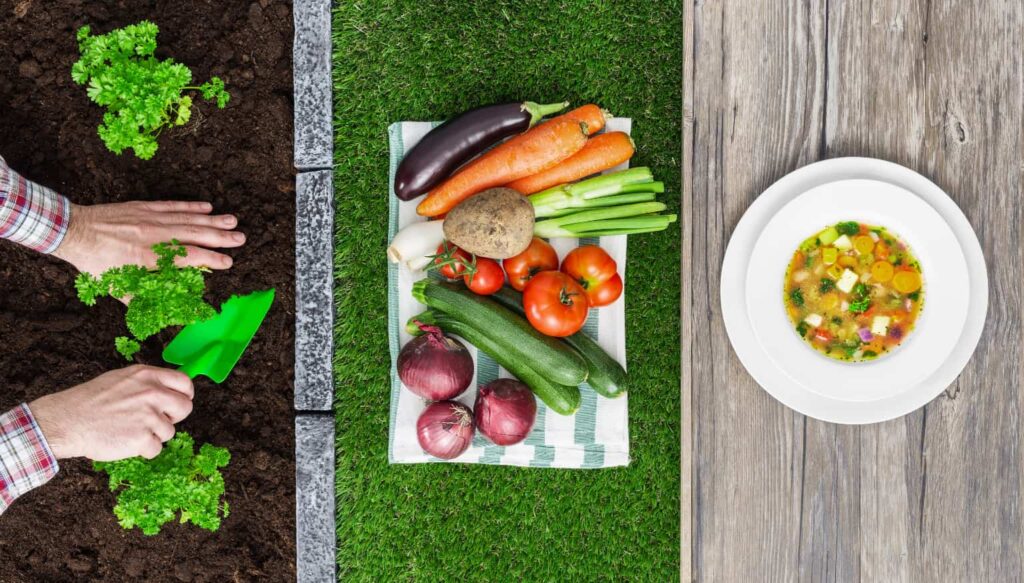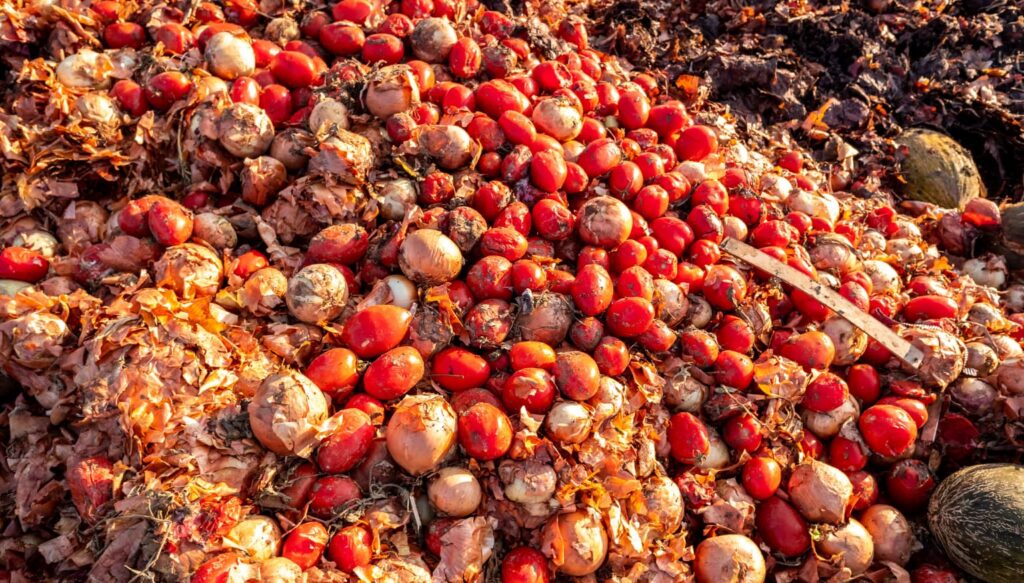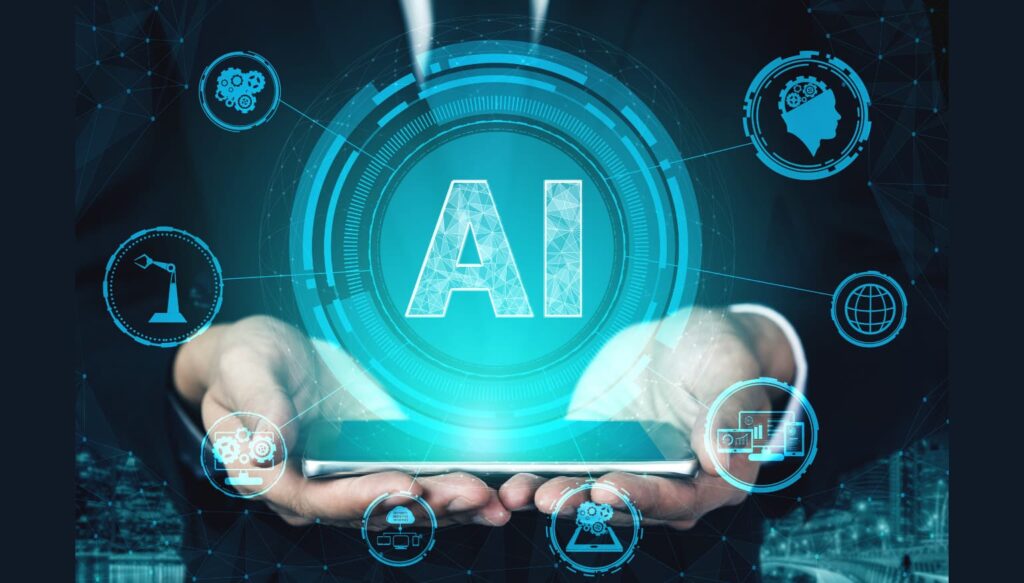The internet is closer to dominating the world, and the next evolution of the internet is Web3. Now, the question is, how can it solve the agricultural problem?
As a leading part of the Web3 technology stack, Blockchain is built to make data more secure and reliable for users. 3.9% of the global population uses Blockchain, and the numbers are increasing.In agriculture, it has already been used by the Big nations, improving food security and safety. Building a Blockchain food security system for food in the MENA region will open many opportunities.
Farm to Plate provides a system relevant and specific to your business without changing your existing platform. Providing technology that is affordable, with multi-cloud integration, pluggable and pay-per-use modules.
We provide technology to increase food preservation, production, and security. We have built a platform that is easy to use which improves food distribution, reduces food scarcity and brings more sustainable solutions. You can easily use the platform to onboard new members, use a dashboard, and keep track of a real-time supply chain.
- Through blockchain, the connectivity will be robust among farmers, traders, suppliers, and the government.
- The supply chain of food resources will be improved through blockchain, the farmer will be directly connected with the food supply chain , which can offer them equal, fair prices.
- Blockchain food security will remove third parties and let the farmers grow along with increasing food production in the region, which minimizes imports, and brings economic sustainability.
- Blockchain will help track the food supply chain, gives a clear, traceable route and keep track of the weather other environmental conditions and let the supply continue accordingly.
Frequently Asked Questions (FAQs)
How does traceability come into the picture of the food supply chain?

Traceability in the food supply chain not only accounts for transparency but also builds consumers’ trust in the quality and sustainability of the supply chain. As traceability maintains an end-to-end tracking of the movement of food products, ingredients, tools, and raw materials, it ensures that all production, processing, and distribution stages are efficient and regulation compliant.
Why is it imminent to battle against Food Loss and Waste (FLW)?

FLW results from the stakeholders’ actions and decisions in the supply chain, which lead to insufficient food quantity and quality. These decisions include improper storage, counterfeits, frauds, food contamination, inaccurate forecasting, etc.
As per FOA, 828 million people faced chronic food deprivation in 2021. Unfortunately, the situation might soon worsen as there is an estimated growth in the global population of up to 9.77 billion by 2050. This constant population growth adds pressure to already weakening food supply chains. Hence, the battle against FLW is imminent.
With the exclusion of technology, what other relevant steps should be taken against food insecurity?
Food Loss and Waste is a significant issue to be combated. Excluding proper usage of technology; some other practices need to be inculcated against food insecurity, such as an integrated and collaborative approach, as it is a multi-level issue, which needs to be resolved at each stakeholder level. Furthermore, New legislation and policies need to be built around the issue. Systematic awareness campaigns are necessary as the people need to be clear about their responsibilities, and the upcoming possibilities concerning food supply, climate adaptation, and dependency on self-made products must be on the agenda.
Can renewable energy technologies be integrated into food production systems for sustainability?
Renewable energy technologies can be the game changer in the food production system. Pollution also plays a detrimental role in the food supply chain; renewable energy sources, on the other hand, can reduce greenhouse gas emissions, which leads to a reduction in the carbon footprint of food production. It not only promotes waste to energy conversion but can also prove cost-effective.
How does Farm to Plate take a step to make a difference?

Farm to Plate brings all the food supply chain stakeholders to a transparent ecosystem. Designed with GS1 standards, F2P strives to provide accurate provenance and traceability through its track and trace model. It caters to minimizing food recall and waste. By leveraging cutting-edge technologies like Blockchain, AI, IoT, Smart labeling, and many more, F2P is rightly sought out for this widespread situation by helping the growers, farmers, manufacturers, processors, retailers, and logistics.
Conclusion

In this era, there is no single challenge that cannot be dealt with; joining hands with technology will take us further, than what was not possible earlier. Sustainability is a need now more than ever, and governments should be open to adapting innovation if it favors their people.
At this time of rapid change global warming and climate change are our challenges. Agriculture is at risk. Farm-to-Plate understands the use of technology, making the best of innovations to build a healthy society where children sleep with full stomachs and save the planet. Blockchain food security is the revolution, and agriculture is the cause.
Tanya A Mishra, Technical Content Writer & Marketer at farmtoplate.io (specialising in MENA Tech Landscape). She has been working towards crafting insightful content on topics like Blockchain, Agritech, AI and many more.
